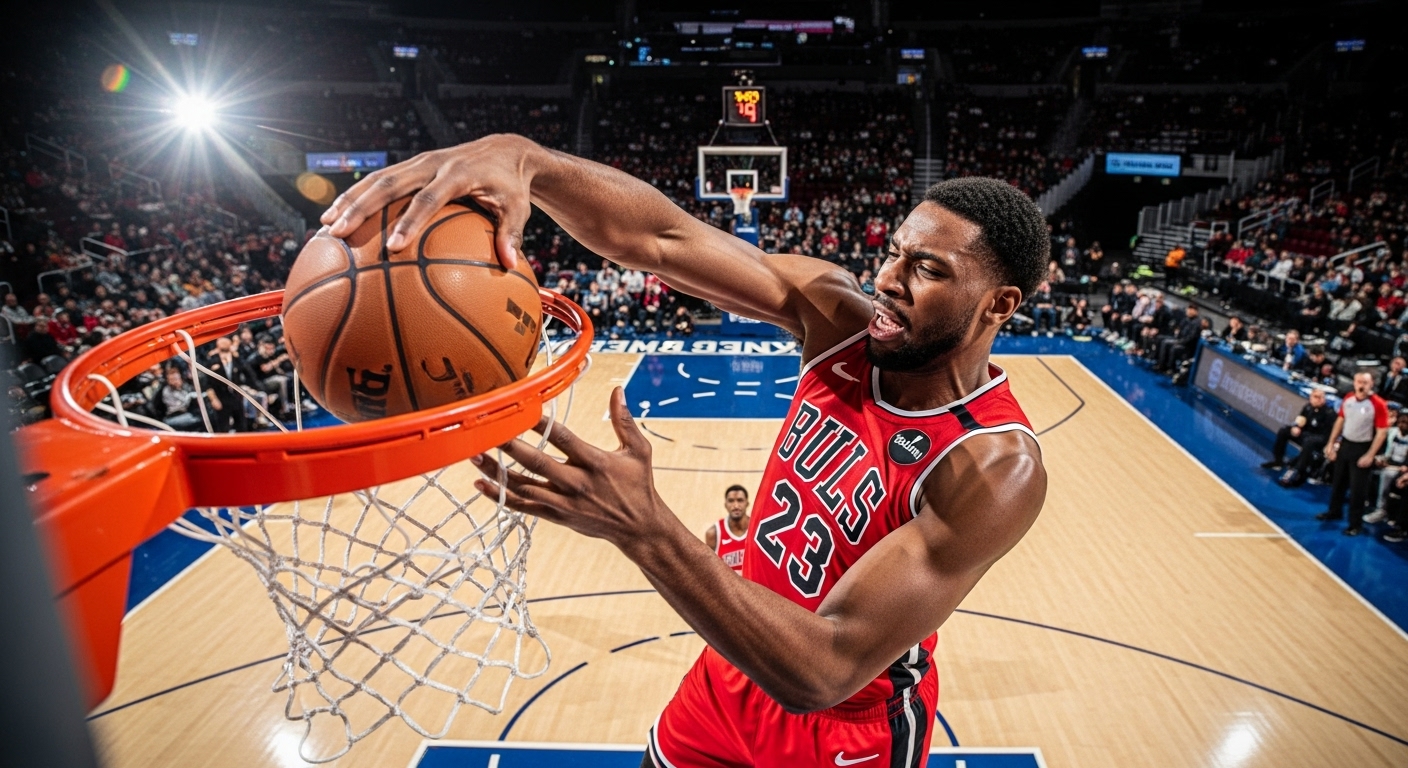Sports have always been a vital part of human culture. Whether it’s the exhilaration of a football match, the precision of a tennis game, or the teamwork in a basketball court, sports connect people across the globe in ways few other activities can. However, as much as the love for sports remains unchanged, the landscape in which they are played, watched, and consumed is rapidly evolving. From technology-enhanced training methods to the rise of eSports, the world of sports is undergoing a profound transformation. This blog explores how sports have evolved over the years and what the future holds for both athletes and fans.
The Impact of Technology on Training and Performance
One of the most significant changes in sports over the past few decades has been the integration of technology in training and performance. In the past, athletes relied on physical drills and personal coaches to improve their skills. Today, technology has become a crucial part of the training process. Wearable devices such as fitness trackers, heart rate monitors, and GPS trackers help athletes monitor their physical condition in real-time, allowing them to adjust their training accordingly.
Moreover, video analysis software enables coaches to break down an athlete’s performance with precision, helping them identify areas for improvement. Professional teams in sports like football, basketball, and tennis now use advanced biomechanics and motion analysis to fine-tune movements, helping athletes maximize efficiency and prevent injury. This technological evolution not only aids in optimizing performance but also ensures better longevity for athletes, allowing them to extend their careers and reach their full potential.
The Rise of eSports: Sports in the Digital Age
While traditional sports remain dominant, the rise of eSports is an undeniable shift in the world of competitive gaming. eSports, or electronic sports, refers to organized multiplayer video game competitions, particularly between professional players, individually or as teams. What started as a niche hobby has now become a global phenomenon, with eSports tournaments offering multi-million-dollar prize pools and attracting millions of viewers worldwide.
The appeal of eSports lies in its accessibility, as players and fans can participate and watch from anywhere with an internet connection. Games like League of Legends, Dota 2, and Fortnite have become household names, and many universities now offer scholarships for eSports athletes. As gaming technology advances and the industry continues to grow, eSports is set to become even more integrated into the mainstream sports culture, challenging the traditional notion of what constitutes a sport.
The Changing Fan Experience: From Stadiums to Streaming
The way we consume sports has changed dramatically in recent years, with digital platforms allowing fans to follow games and athletes from anywhere in the world. While stadiums still host millions of fans each year, many sports fans now prefer to watch games from the comfort of their homes or on the go via mobile devices. This shift has led to the rise of streaming platforms such as ESPN+, DAZN, and the subscription models of major leagues, which have transformed how games are broadcasted and consumed.
Streaming offers flexibility for viewers to watch live events, replays, or highlights on-demand. Augmented and virtual reality are also beginning to play a role in how fans experience sports. VR headsets can now give fans a courtside or ringside seat, providing a 360-degree immersive experience without stepping foot into a stadium. As technology continues to evolve, the fan experience will become increasingly interactive and personalized, with fans enjoying unique, tailored content directly from their devices.
The Rise of Women’s Sports: Breaking Barriers and Gaining Recognition
Another important shift in the sports world is the growing visibility and recognition of women’s sports. For decades, women’s sports were often overlooked, with female athletes struggling for equal opportunities, pay, and recognition. However, the tide has started to turn, and women’s sports are gaining more attention than ever before.
Major sports organizations, including FIFA, the WNBA, and the LPGA, are beginning to see record viewership and higher levels of sponsorship. Female athletes like Serena Williams, Megan Rapinoe, and Simone Biles have become global icons, helping to inspire younger generations of women to pursue sports. This surge in popularity is not only due to the athletes’ talents but also a wider societal shift towards gender equality. With increased media coverage, better financial support, and a growing fan base, women’s sports are no longer sidelined—they are becoming a force in their own right.
The Influence of Analytics and Data on Sports Strategy
The use of analytics in sports has transformed how teams approach strategy, recruitment, and performance. In traditional sports, coaches and managers relied on experience, intuition, and traditional statistics to guide their decisions. Today, data-driven insights have become a game-changer.
In baseball, for example, the advent of “Moneyball” strategies led to the introduction of advanced statistics like On-Base Percentage (OBP) and Wins Above Replacement (WAR), which changed the way teams approached player acquisition and in-game tactics. Basketball teams now use analytics to measure everything from player efficiency to defensive positioning, allowing coaches to adjust strategies in real-time. The role of data scientists and statisticians in sports teams is growing, and as the availability of data increases, the future of sports decision-making will be shaped by complex algorithms and predictive models.
Sustainability in Sports: Eco-Friendly Practices on the Rise
As the world faces a growing environmental crisis, the sports industry is increasingly aware of its impact on the planet. From the massive energy consumption of stadiums to the carbon emissions of travel for global tournaments, sports organizations are under pressure to adopt more sustainable practices.
Many professional leagues and clubs are now making efforts to reduce their environmental footprint by implementing eco-friendly technologies and practices. For instance, several stadiums have switched to renewable energy sources, and some sports teams are partnering with environmental organizations to promote sustainability. There’s also a growing focus on reducing waste, promoting recycling, and creating carbon-neutral events. As fans become more conscious of environmental issues, the sports industry will likely continue to embrace sustainability in a more meaningful way.
The Future of Sports: Where Will We Go Next?
The future of sports is an exciting prospect, driven by technological advancements, shifting cultural norms, and global interconnectedness. One of the key trends we can expect is even more innovation in the intersection of technology and physical performance. From the continued use of AI and wearables in training to augmented reality and virtual experiences for fans, sports will continue to evolve in ways we can only begin to imagine.
In addition, the rise of esports and the growing recognition of women’s sports are likely to continue reshaping the competitive landscape. As sports become more inclusive and diverse, they will appeal to a broader range of fans and participants. Moreover, sustainability will likely play a central role in the development of the next generation of sporting events and venues, ensuring that future generations can enjoy sports while preserving the environment.
Conclusion: The Enduring Power of Sports
Sports have always been more than just games—they are a universal language that transcends borders, cultures, and backgrounds. As the world of sports continues to evolve, it remains a place where talent, passion, and human spirit come together in ways that inspire millions. Whether it’s the traditional appeal of team sports, the rising influence of esports, or the growing prominence of women in sports, one thing is clear: the future of sports is brighter than ever.



